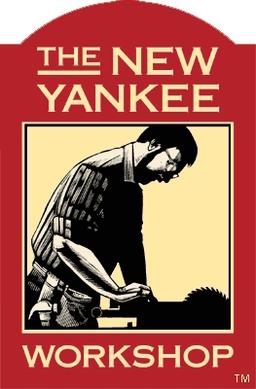

Basically an allied country having a base in your country means that any attacker would presumably also have to attack your ally, drawimg them into the conflict. Obviously agreements like NATO article 5 can do that, but people can back out of agreements. Physical presence is more binding than paper.








Most people in America have health insurance through their employer. This was originally designed to be a perk of jobs back in the day, but now it unfortunately links healthcare to employment. If you are retirement age, you can get Medicare, which is government sponsored healthcare that still works through the private system, so there are no “government doctors” or anything like that for that population. Similarly, for disabled folks, or those poor enough (which can be hard to prove), they can get Medicaid.
If you lose your job, there’s a system to pay to extend your employer’s insurance policy until your next job’s plan kicks in, but it’s expensive cause your old job is no longer paying a big percentage of it, so a lot of people gamble on not needing insurance if for example, they end one job in May and know they have a new job starting in September.
With insurance, there are some government mandated policies. For example (and don’t quote me on this cause I don’t know the exact policies), things determined to be “preventative” have no out of pocket cost, so you won’t generally pay for a regular yearly checkup, vaccines, etc. There are often options for insurance types to pick from depending on if you anticipate needing lots of care (e.g., a healthy young person probably won’t, but if you are trying to have a baby, you know there are a lot of costs associated).
My employer pays for my insurance. If I were to get cancer, I would probably end up paying for a couple thousand dollars of appointments, scans, etc (called the deductible). Then I’d reach a point where my insurance covers most of the cost, and I kick in 20% (called the coinsurance level). Eventually, if my costs hit a certain limit (the out of pocket limit), insurance covers everything. I think it’s like $8k or something like that for me. That’s the most I could ever have to pay in a year.
People get screwed over by a few things. First is that while I could put together $8k if I had to, many people still have trouble with that. The second is people falling through the cracks of the labyrinthine system, and they end up without insurance while in between jobs or whatever. The third thing is that insurance decides what is necessary, so if you live in the middle of nowhere, and your child gets a specific type of cancer, you might not want to settle for whatever the “standard of care” is at your local hospital, you might want to fly across the country to go to the best hospital for that cancer, and your insurance isn’t going to cover that cost.
And it is incredibly important to note that the insurance companies don’t play fair. When your doctor tells the insurance company that you need a certain procedure, they have an automated system send out a “no”. Your doctor then has to spend time to appeal the decision. Eventually, you might get the care you need paid for, but by engaging in these practices, they are hoping you will either 1: pay yourself, or 2: die.
Also, a final note that I think is important is that cancer, and many chronic illnesses, makes people desperate, and willing to try anything. There is a huge ecosystem (and it probably exists in your country, too), of people selling alternative (i.e., fake) medicine to cure them. Yeah, it’s possible to wind up with a $50k bill for real medicine, but you also have people paying large sums to feed bleach to their autistic kids and then trying to pay for it with go fund me.